Prologue by Ana Bell Chino
Multidirectional contemplation on a comic strip that comes to light in a specific sociocultural and historical context, Mexico 2012.
Abysmal vision and criticism of a decadent society, that shows itself indolent, anesthetized, in shock, as if it suffered for an indefinite time the “Stockholm syndrome”, pretending that it’s impossible for it to distinguish good from evil.
A comic strip that criticizes itself? Narcocyborg does it, and from several capricious angles, showing us moreover that the moral and ethic decadence has a charming aesthetic side; and the best is that its author Evaristo Lugo has no fear of doing so, he speculates looking in to the eyes of death, they start to make themselves old friends and then he sends us images inside of vignette-showcases about all those reflections.
Death has been transcended, has a life of its own, example of that is that now it is possible to exhibit it as a piece of art, and it’s possible to capture it, sell it, “feel it”; Narcocyborg offers us intertextual elements or several links, the referents to contemporary art from Mexico and international are significant, giving thereupon a critical view to this. Very few Mexican comic strip if any, have made concrete criticism at pieces of art or to specific contemporary artists without regards and in Narcocyborg, without doubt, that is a virtue.
It´s very interesting to observe in Narcocyborg, the intertexts in relation to the world of art, being examples of that, La poupée by Hans Bellmer or the oeuvre “For the love of God” by Damien Hirst, as well as the cultural elements that drug trafficking has appropriated.
Besides that the author shows in Narcocyborg, in the mode of the narrator’s voice inside the didasccalias, a vision that criticizes the reasons upon why some artists of the locality utilize the drug trafficking for their own benefit, where Lugo argues being aware of not being exempted of falling, for he knows that the phenomenon of drug trafficking has been used, either way as a fashion or to generate an express recognition inside the world of contemporary art.
The reasons that enforce to study insightfully Narcocyborg are several, since it is nurtured of varied references that make it more complex; in both its formal and substantial aspects. Example of this are its page composition that doesn´t repeat, conforming many of them, showcases in which live together inside and outside, the metal, the flesh, and the anthropological references evident of a concrete society.
Besides, there isn´t really a strictly lineal narration, because Narcocyborg constitutes itself of brief stories that have elements that bind them.
The fundamental is to achieve the fusion, that in words of the author of the oeuvre, hadn´t taken place, of merging drug trafficking with a genre like cyberpunk.
Counting also with the localisms of the representative city where the phenomenon of violence appears generated by the traffic of drugs with great strength, Culiacan, place where the author grew up and lives.
Likewise, this artwork has several references to folk culture, incorporating elements of the film Evil Dead, from the novel Neuromante by W. Gibson, from Katsuhiro Otomo and his Akira, from Shintaro Kago (regarding the representation of iconic and compositional elements), from bands of heavy metal like the Argentine group Hermetica, from Hokusai’s graphic work and quotes or literary references inserted in footnotes.
It´s also evident in the comic strip the appearance of the quotidian, of the recognizable elements inside a concrete sociocultural context, like the already usual presence of military or federal policemen in the zone; being interesting to mention that the author, invokes informative sources or is based on nonfictional events, example of that are the videos that really exist about murders.
Even though the architect of this artwork is a contemporary artist graduated from the E.N.P.E.G “La Esmeralda”; he could of used as means of expression the ones of any artistic discipline, however, it is in the comic strip in which he finds the optimal tool to raise concrete messages and avoid the ambiguity of interpretation, using for that the resources and tools inherent to comic strip, like the didascalias, the iconization of both the composition of the page as of the vignette or of the typograph, as well as the resource of metacomic, which consist of telling a story inside of the own story or even criticize himself through his characters.
Narcocyborg emerges of the union of two words that would seem common in these days; narco or drug dealer, from drug trafficking, that leads to many meanings and approaches, be it political, economic, moral, sociocultural or ethical. Cyborg, regarding the significant representation, aesthetically speaking, of the combination or usage of a mechanical prosthesis in biological bodies.
The proposal in Narcocyborg is a criticism of the assimilation of drug trafficking as a quotidian phenomenon, that nobody cares about anymore. Even if they kill and butcher people every day, this does not shock the citizens, on the contrary, they sympathize with the drug traffickers, for they see them as benefactor people, since they generate jobs creating phantom companies from the money laundering, producing the sensation that the economy is healthy in Culiacan.
This social phenomenon is so culturally deep-rooted, that children have started to become tolerant to the phenomenon of death, of the assassinations; furthermore the dream of many of those kids is to be a sicario (hit man) and gain a lot of money, replacing the American dream in a significant way.
We must assume and assimilate as possible it can be and challenge even death itself allowing the high technology to interact with our organism to resist, prolonging our low standard of living.
The technology evolution at the service of evil and corruption; drug trafficking as a corporative entity.
Undoubtedly, the reason that cyberpunk is the bleakest and in some cases; terrifying of the existing genres, is due to the veracity and attachment of this to an actual reality that has as characters humans that aren´t so anymore.
Ana Bell Chino
Mexico city, 2012.
Translated by Itzel Corona
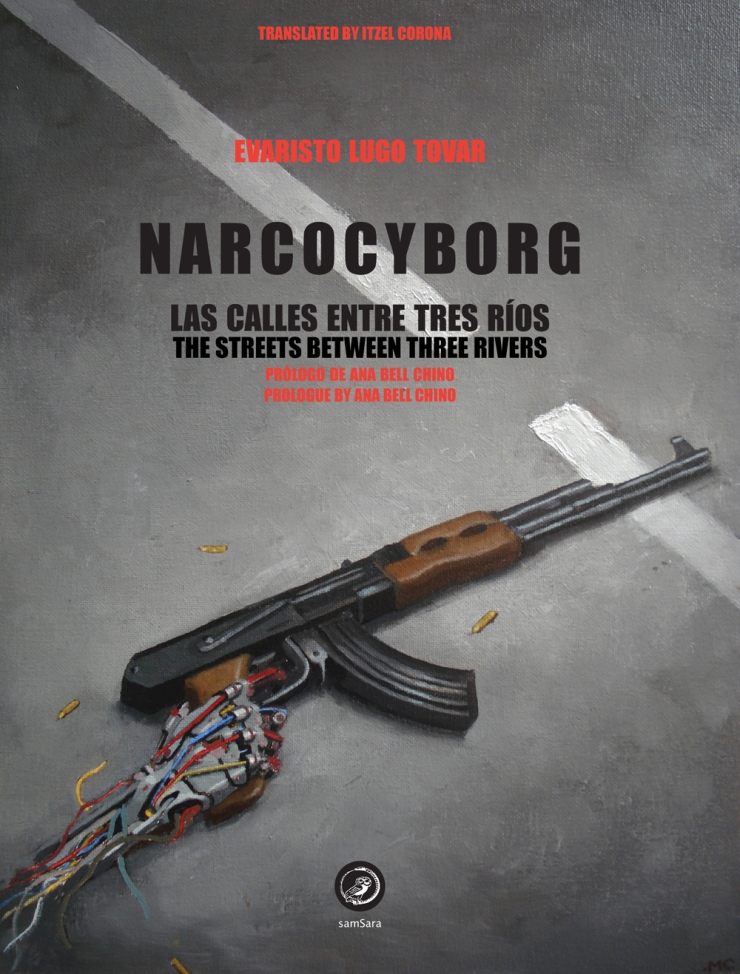
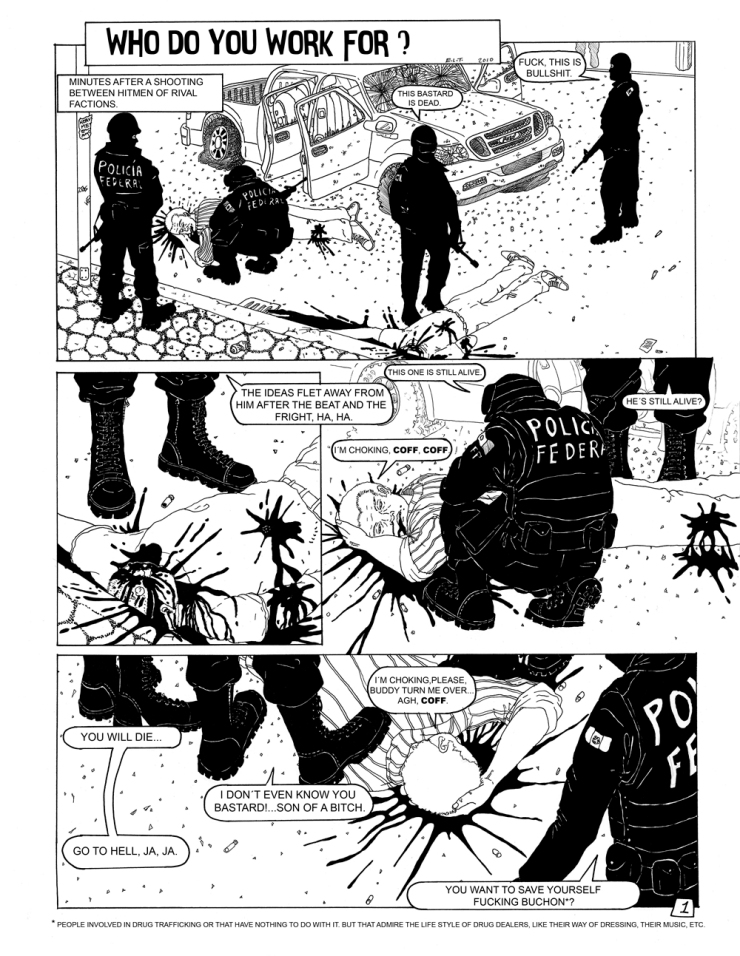

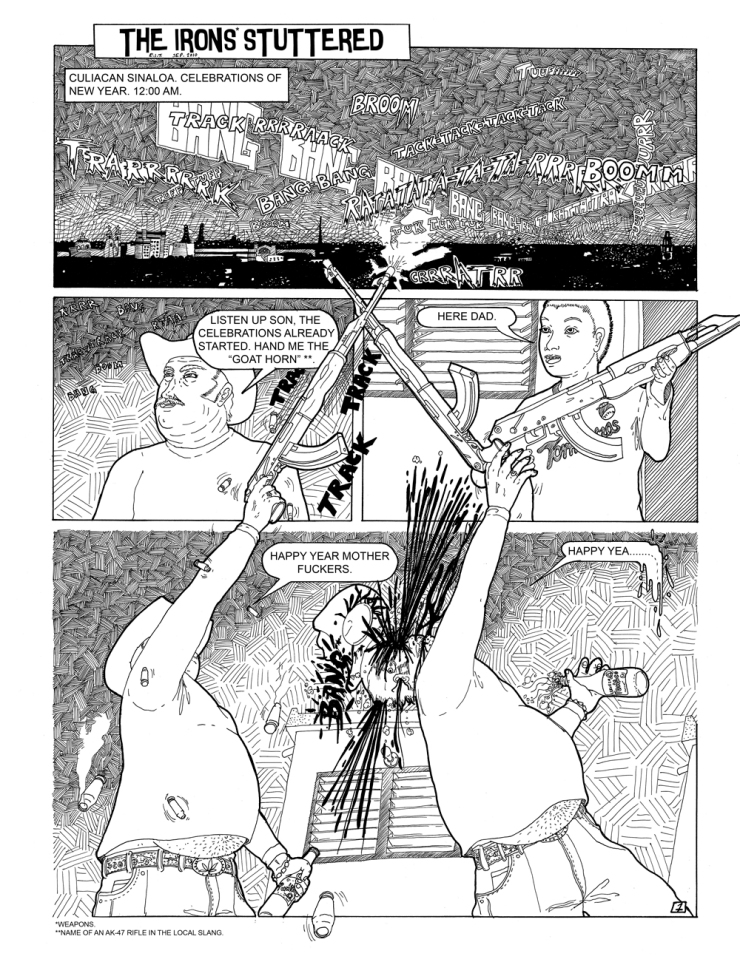




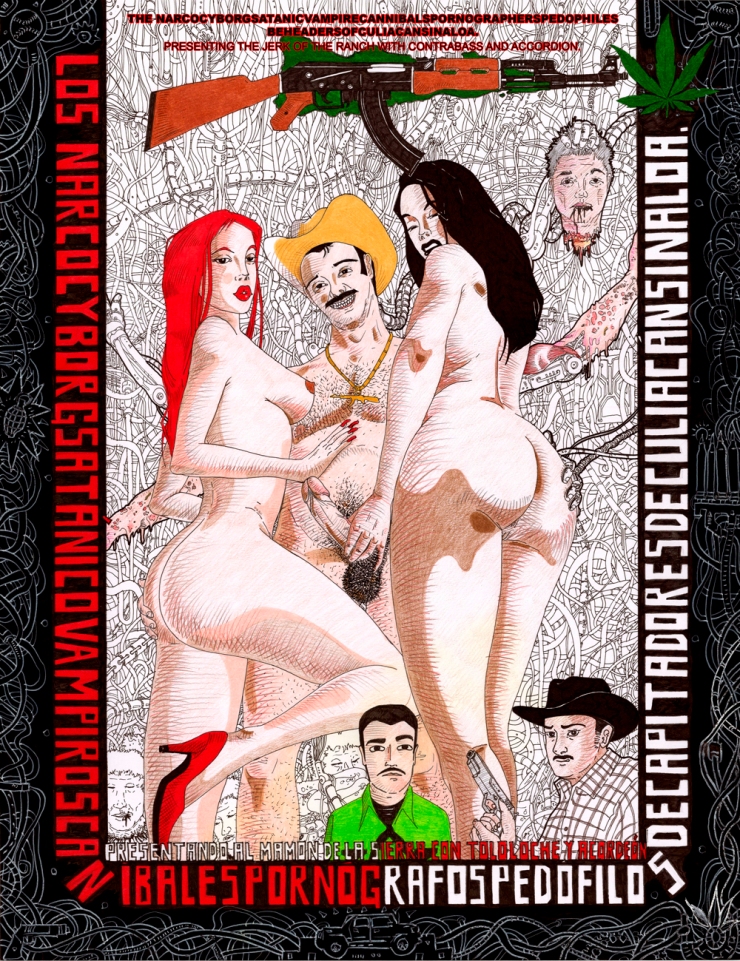
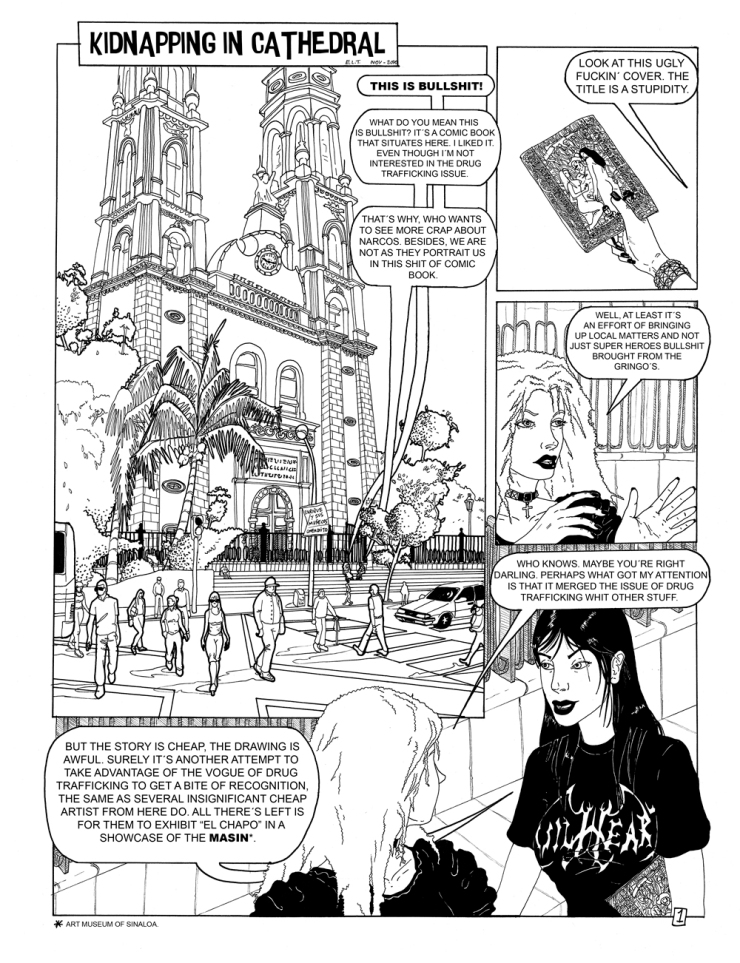
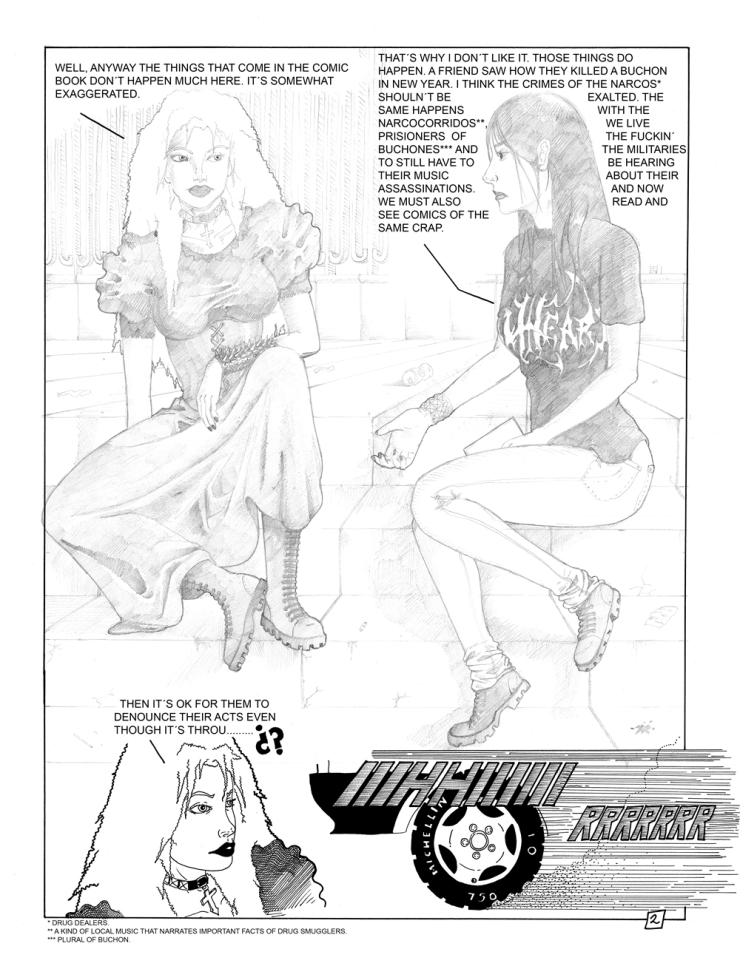
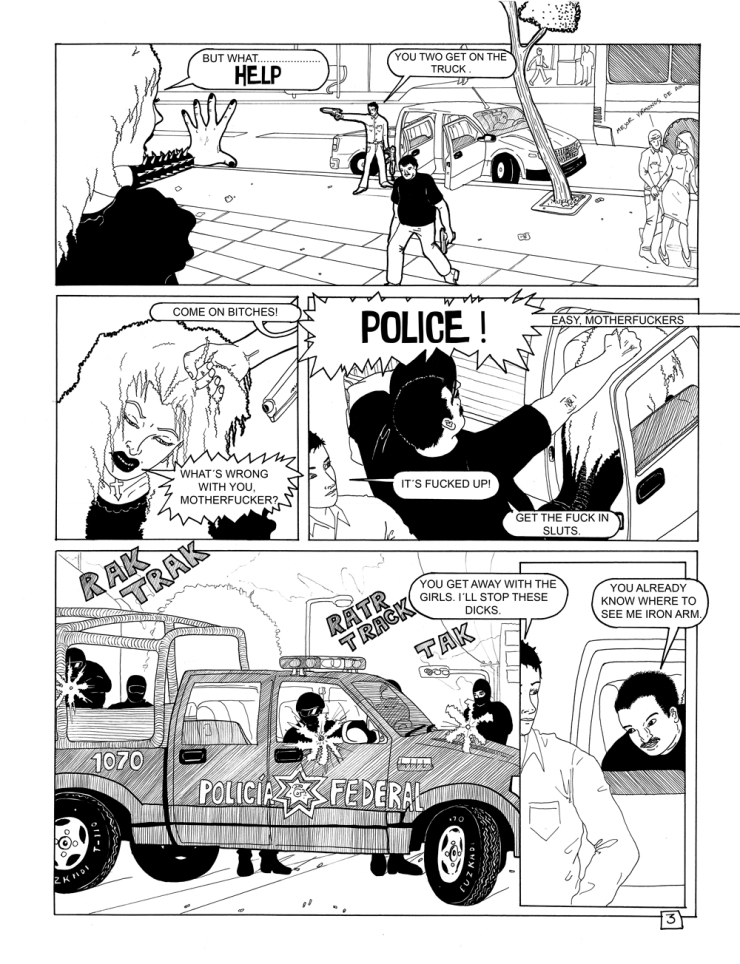
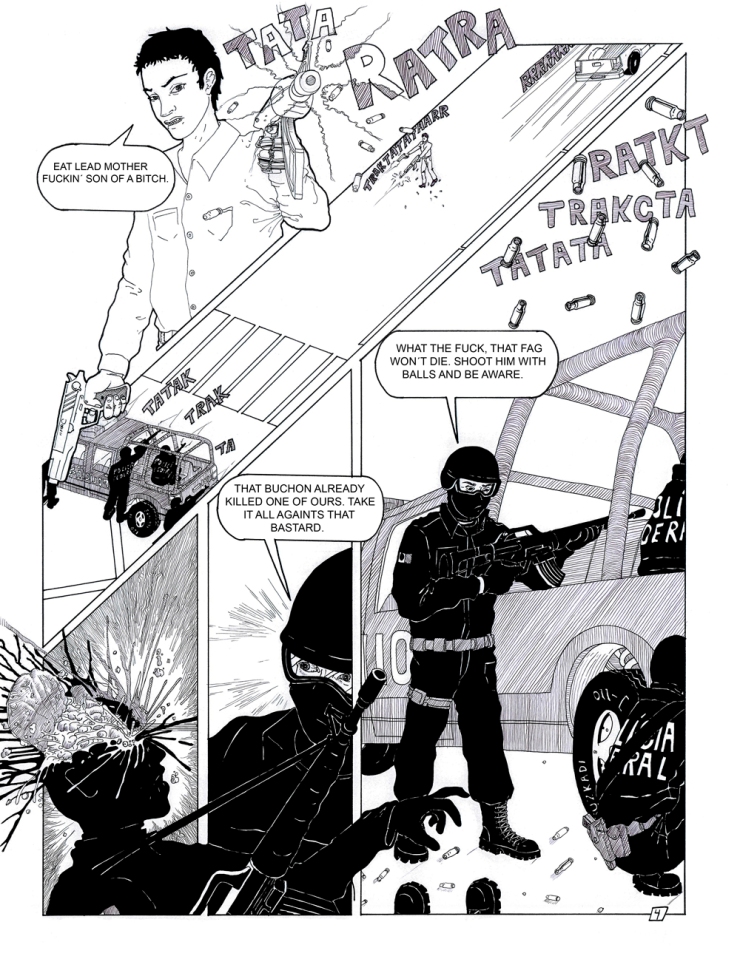
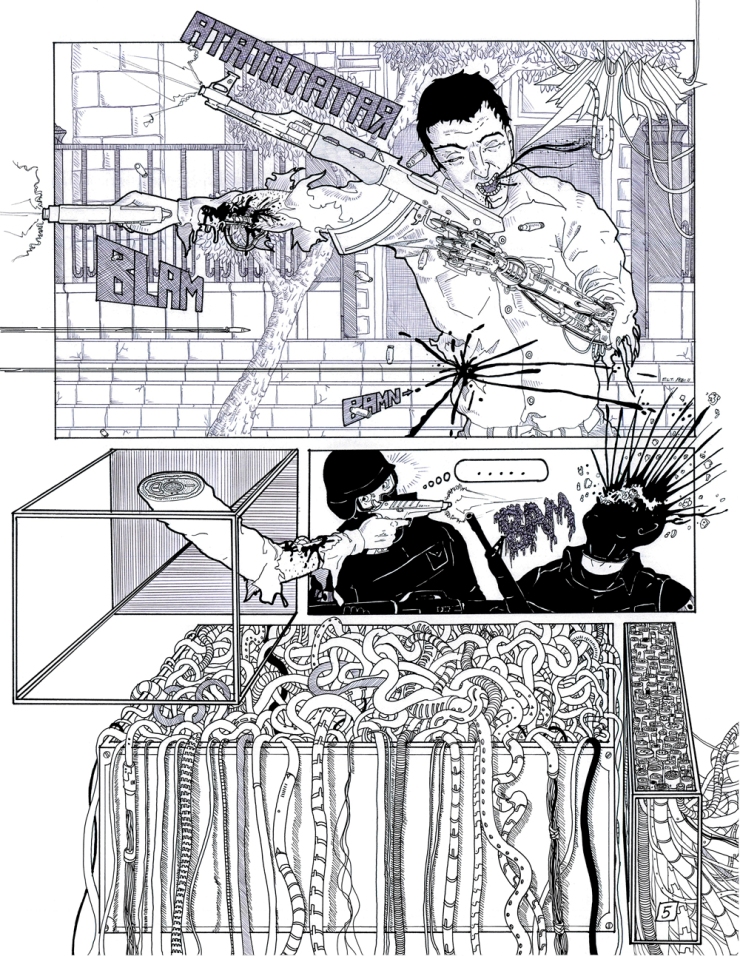
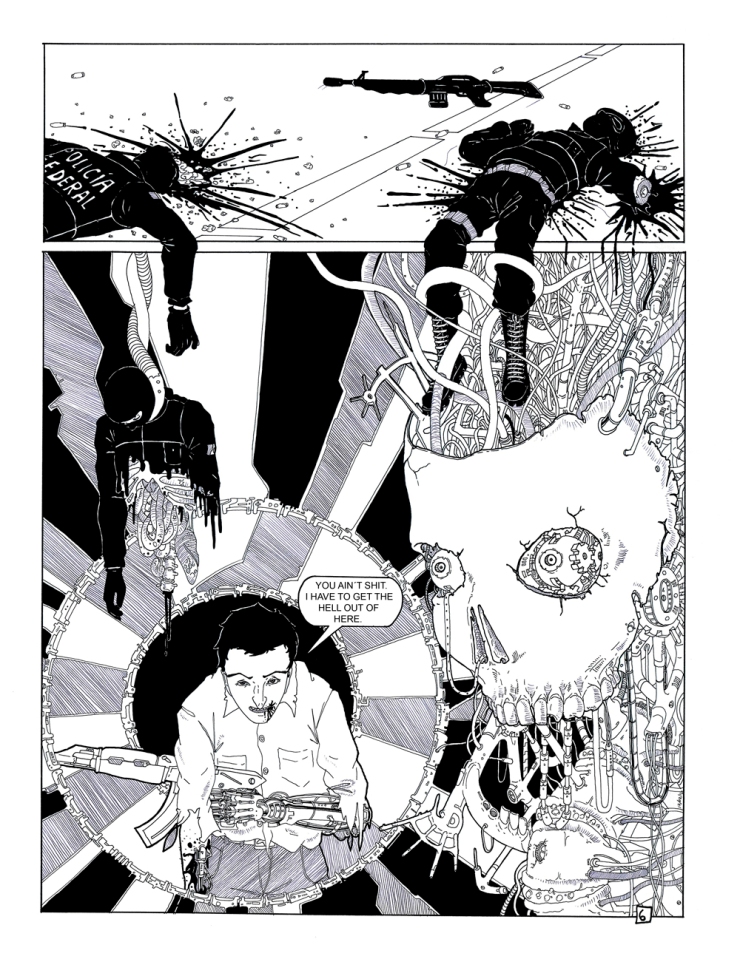

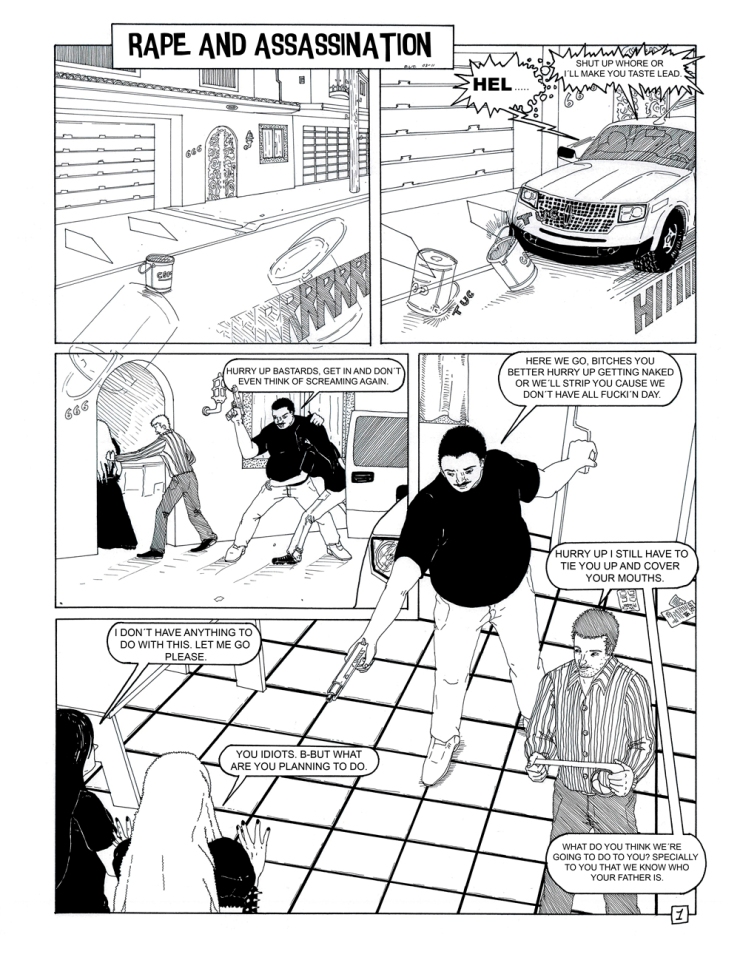
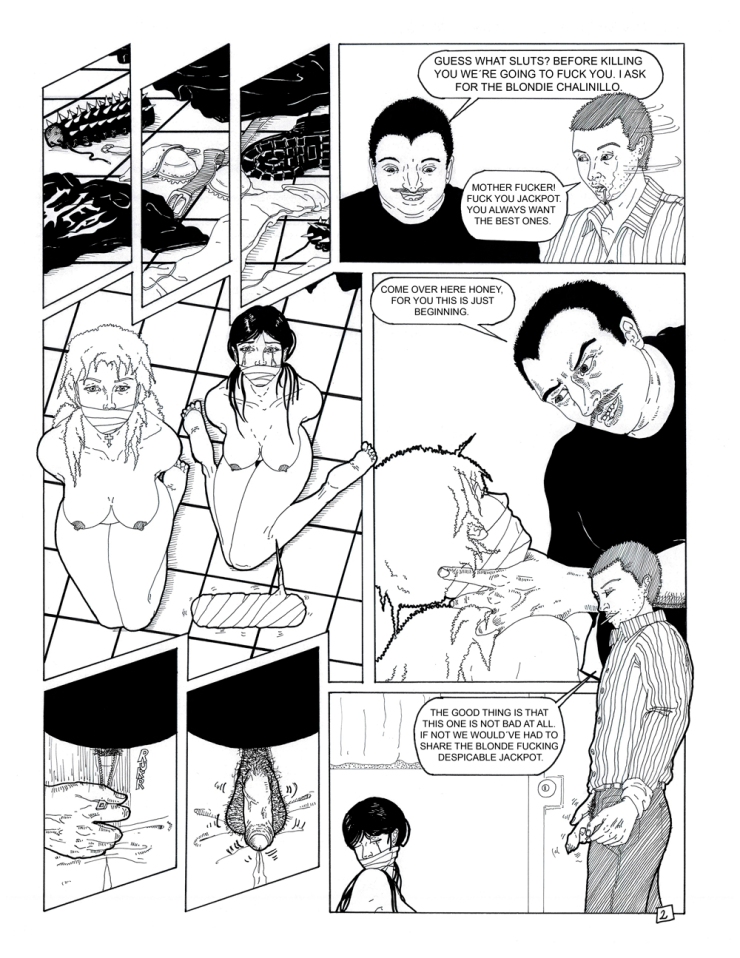
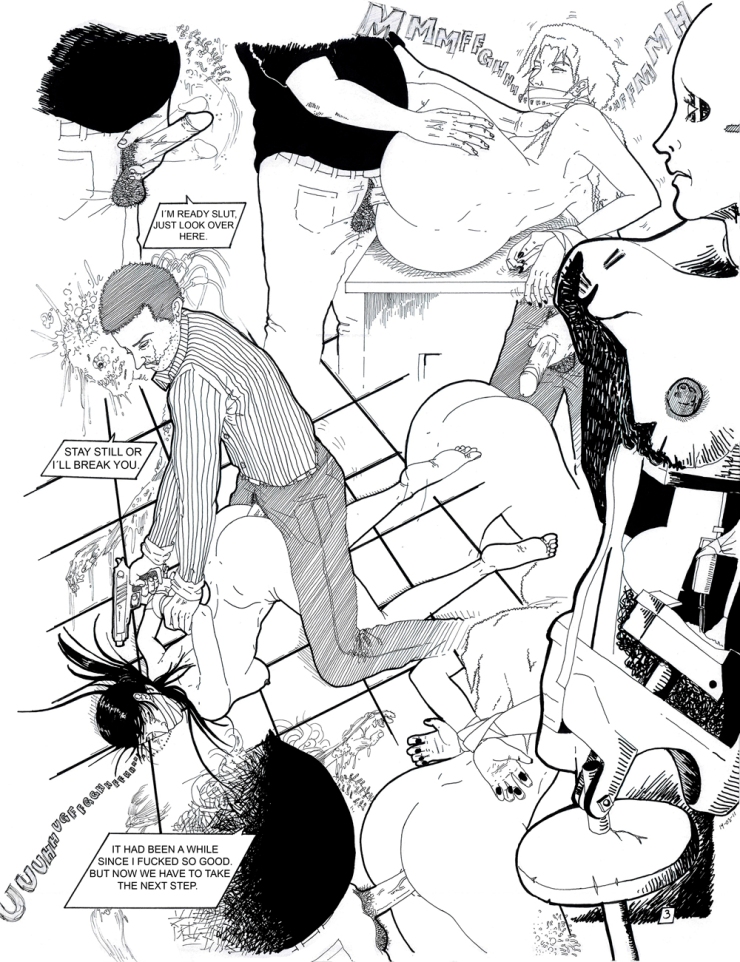


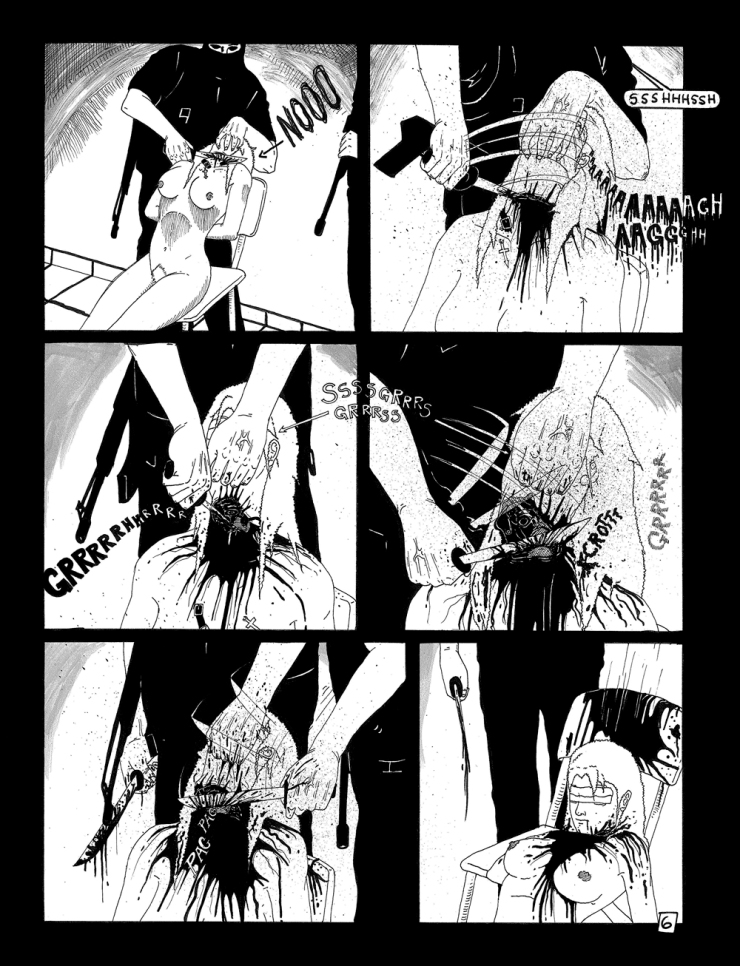
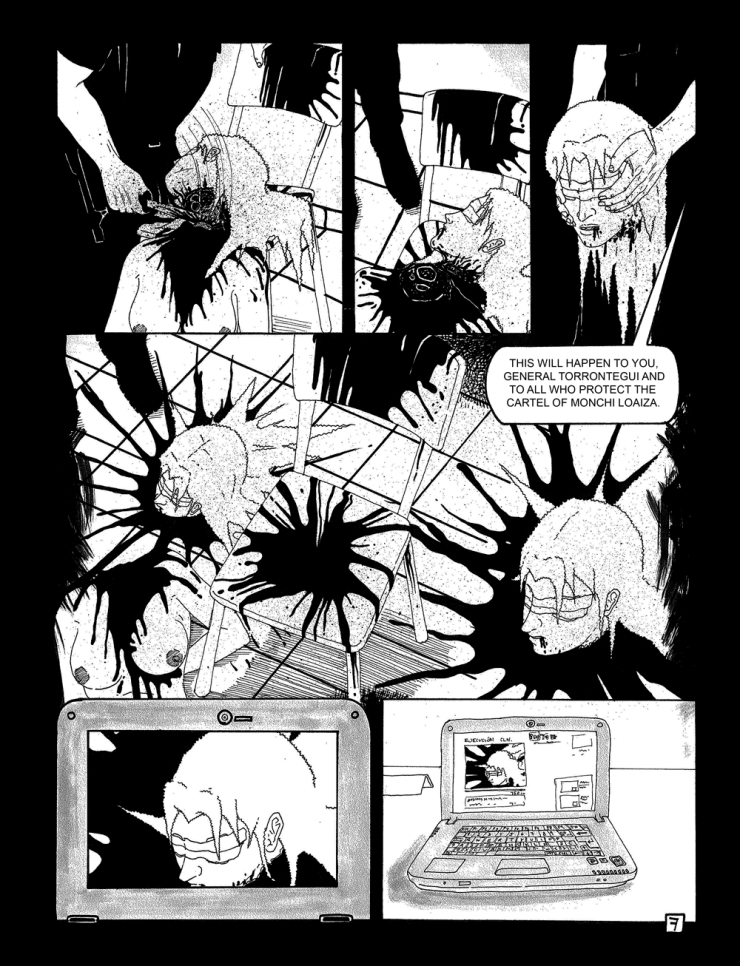

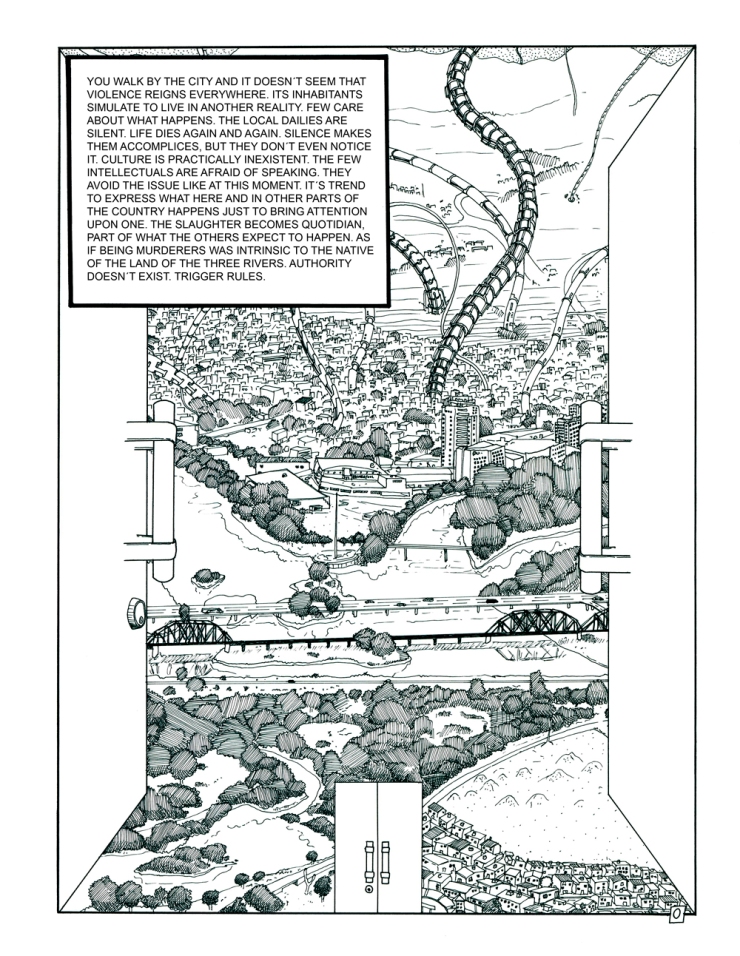
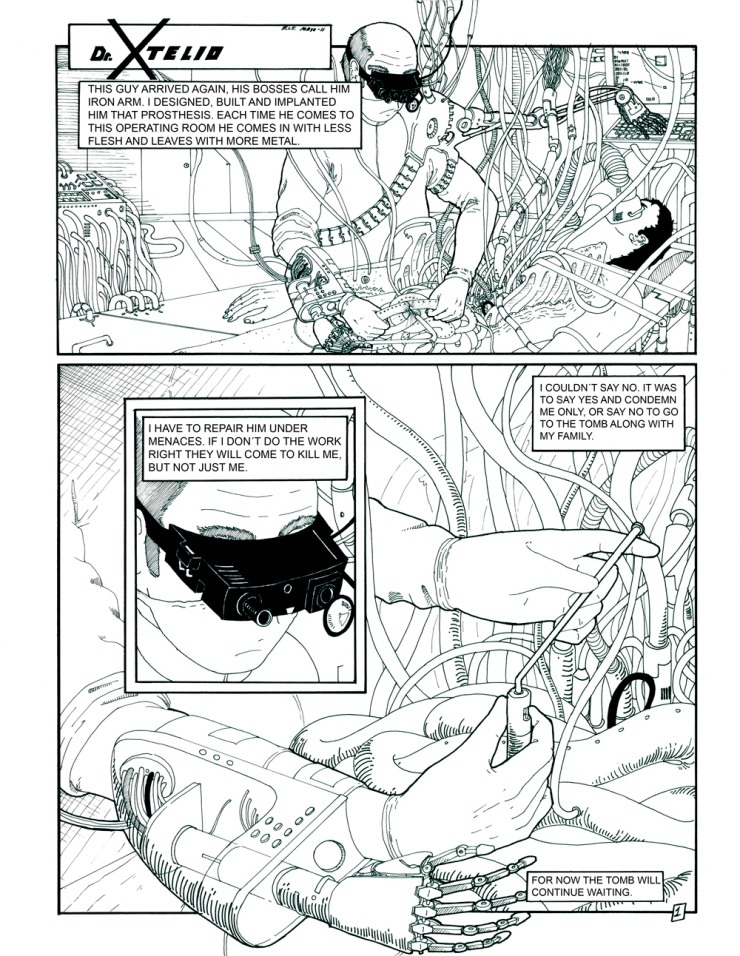
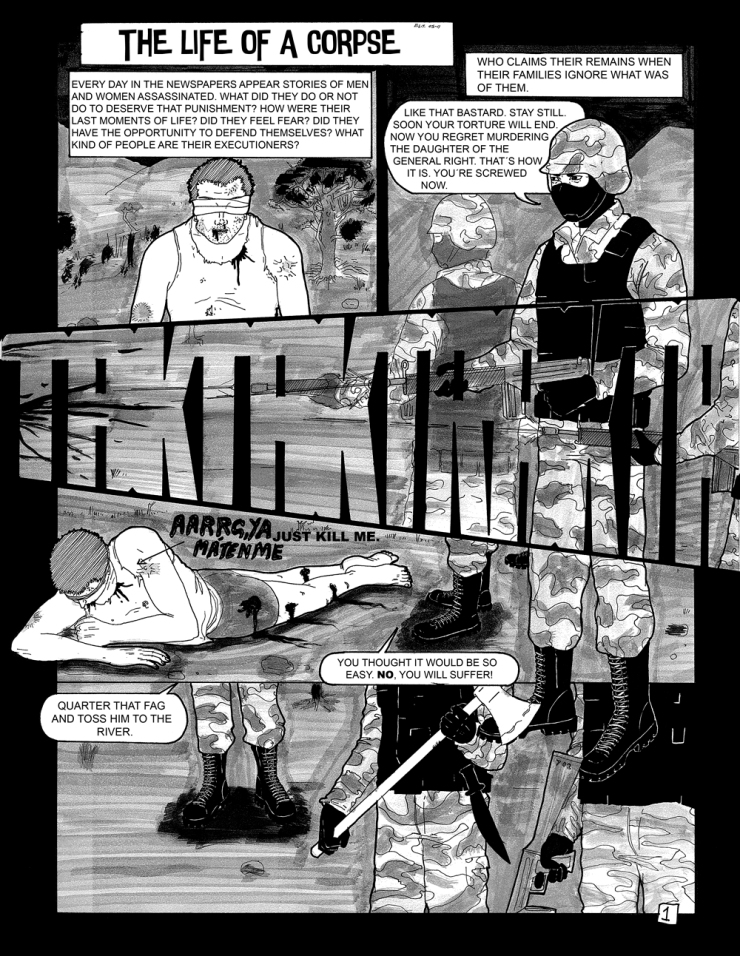
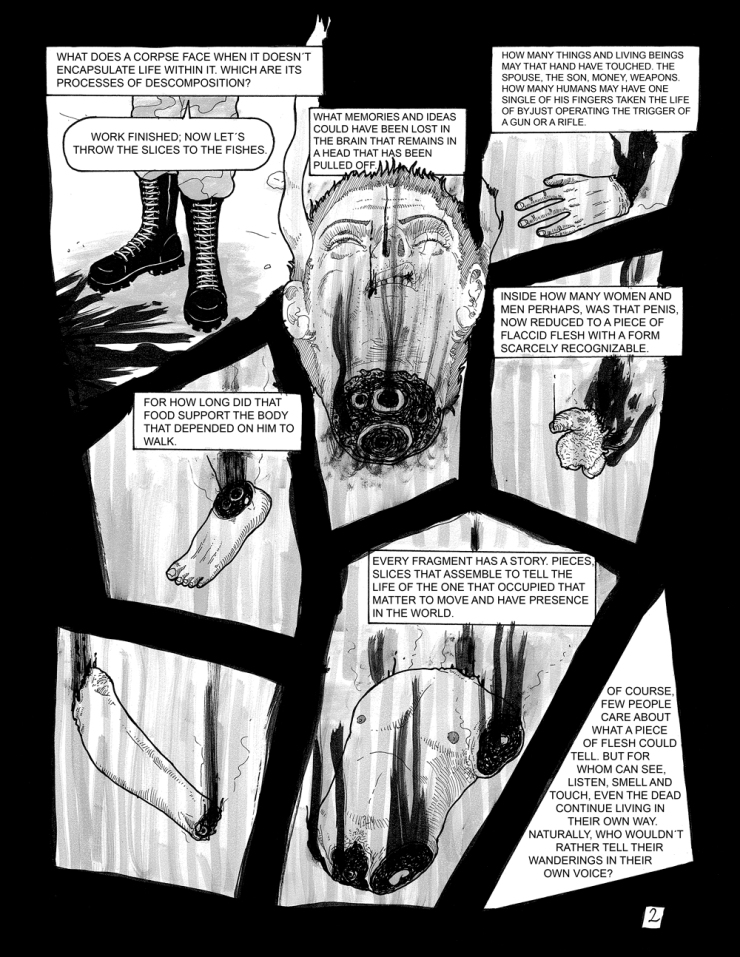
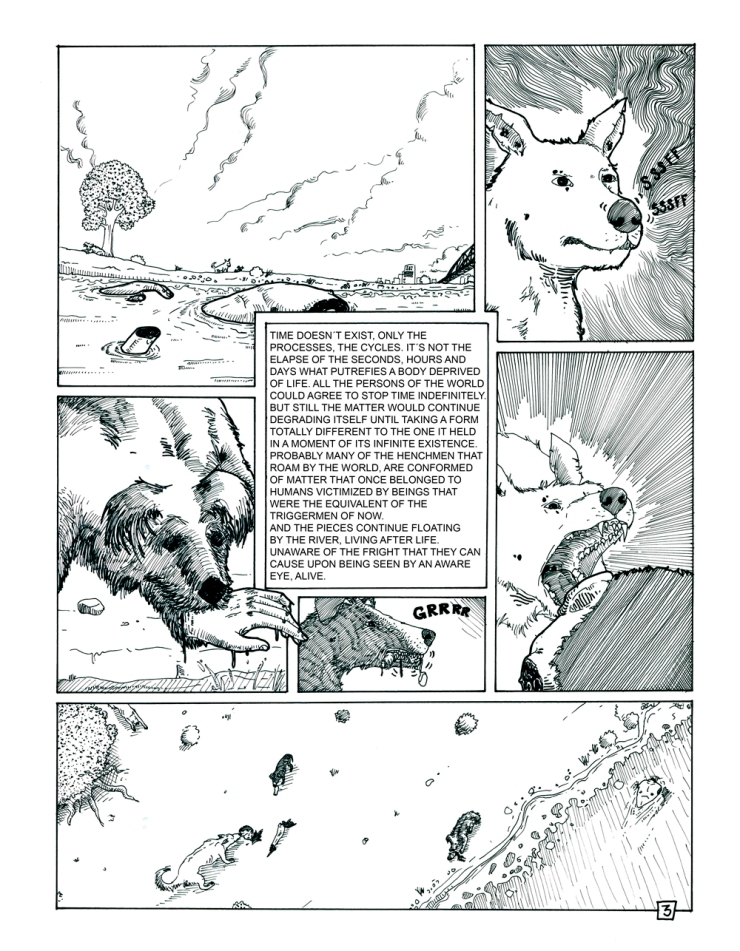
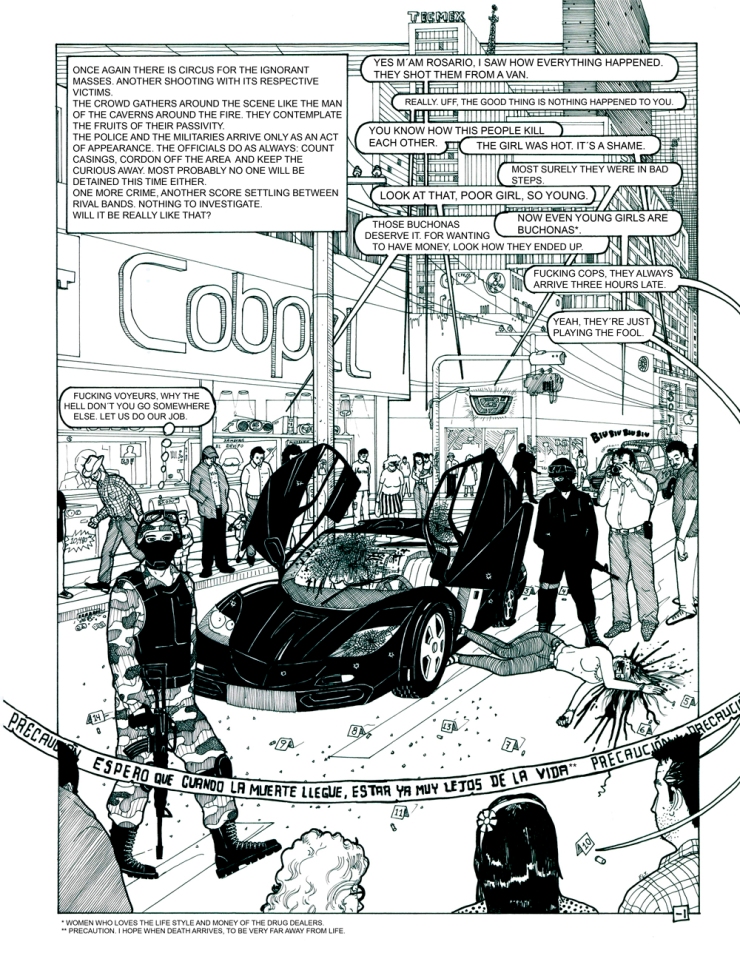
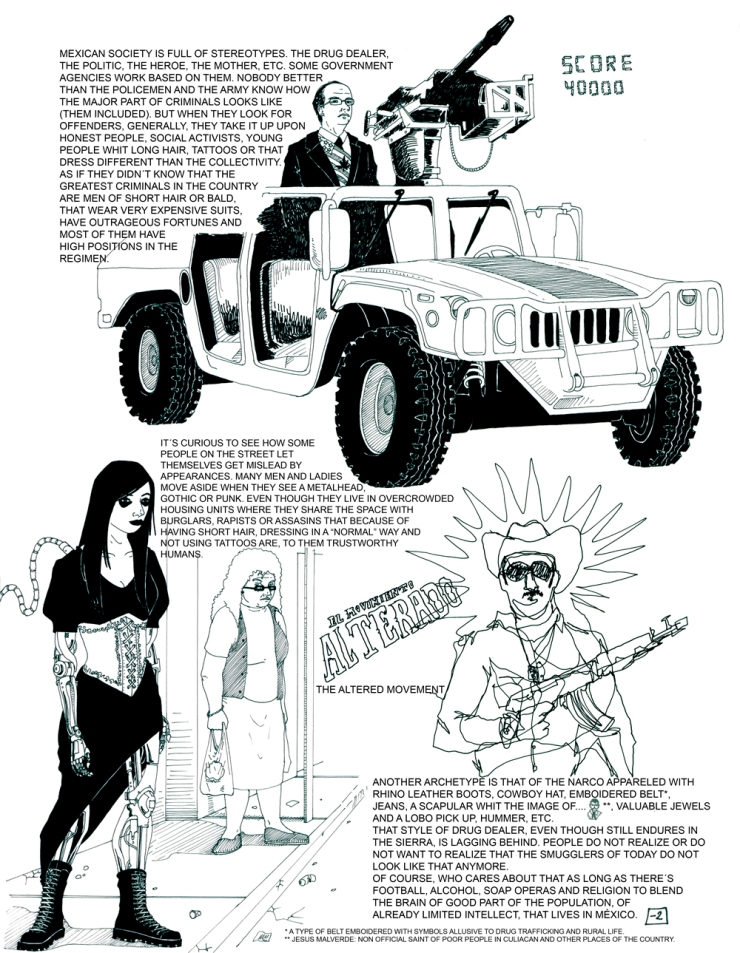

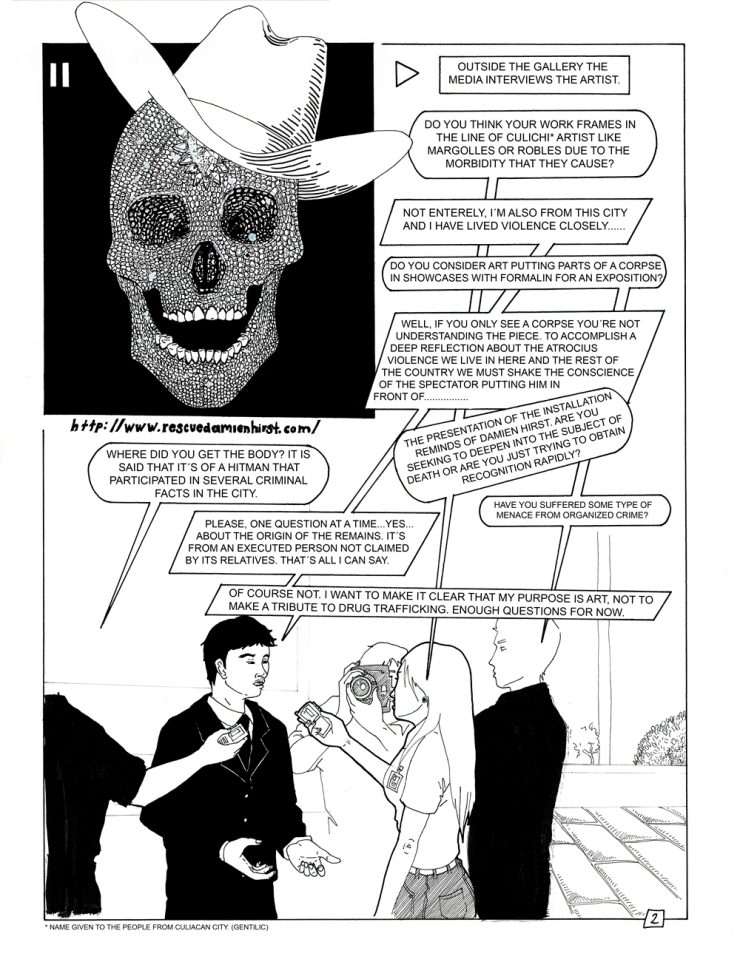


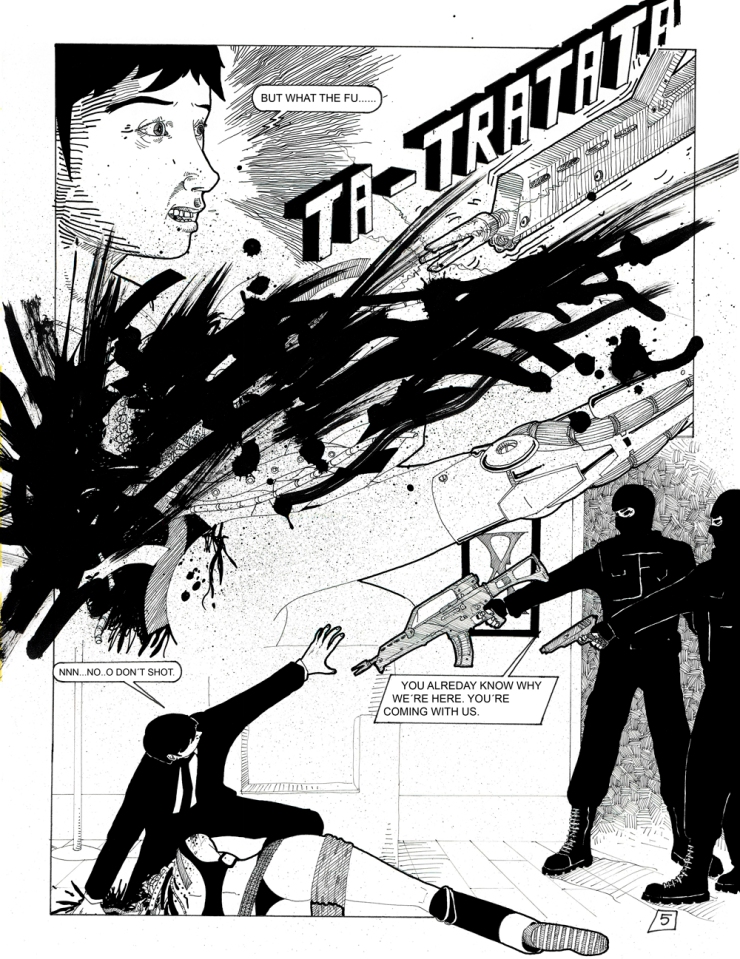
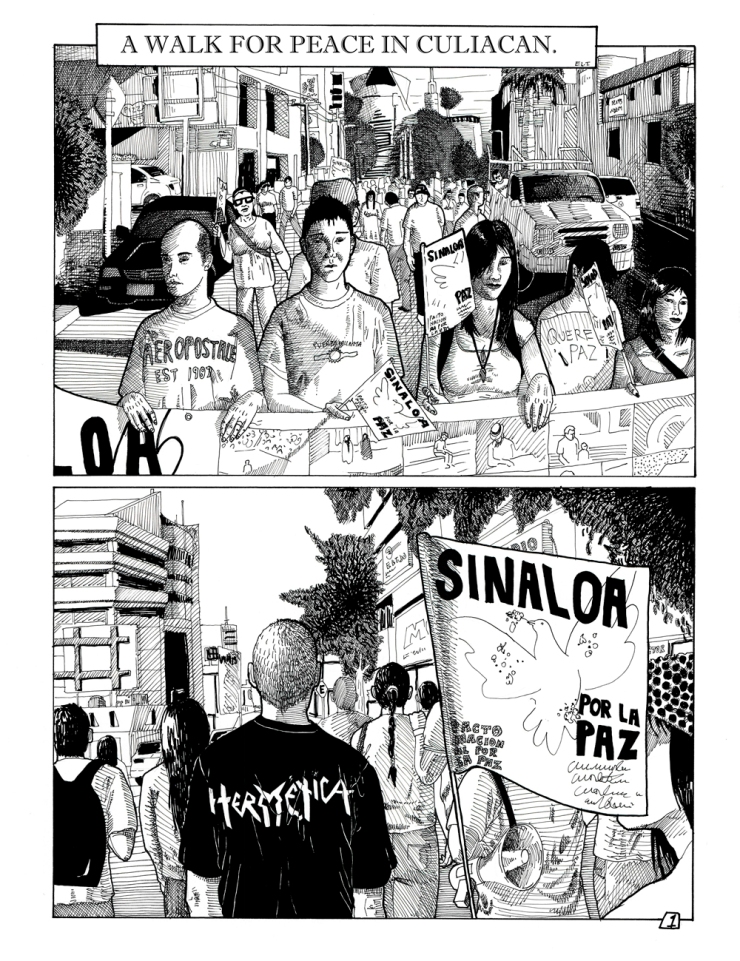

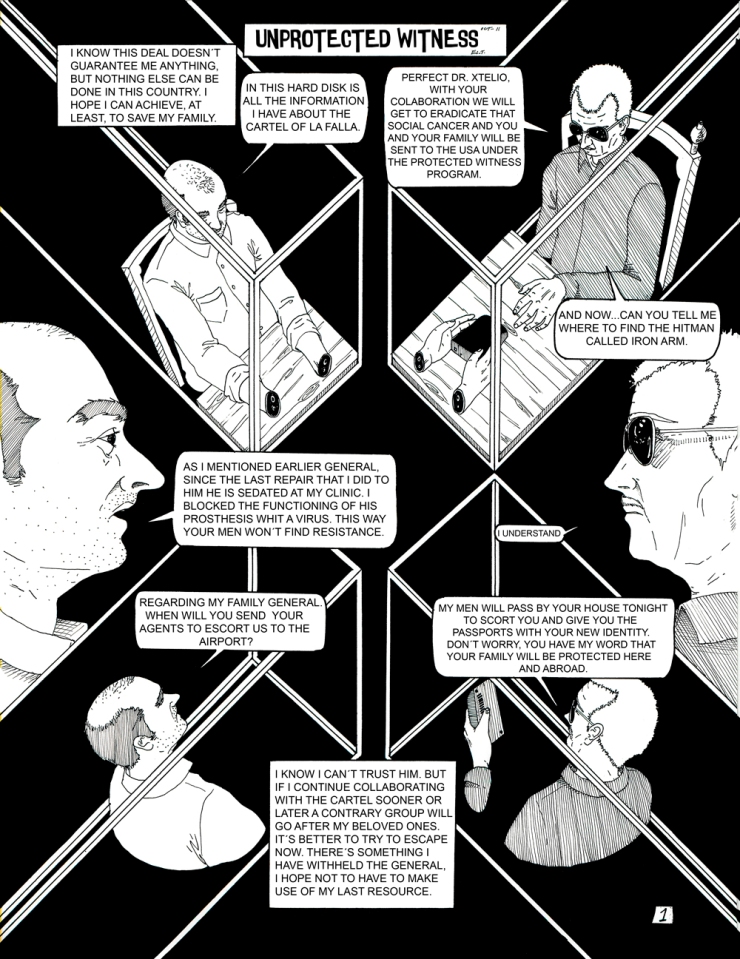
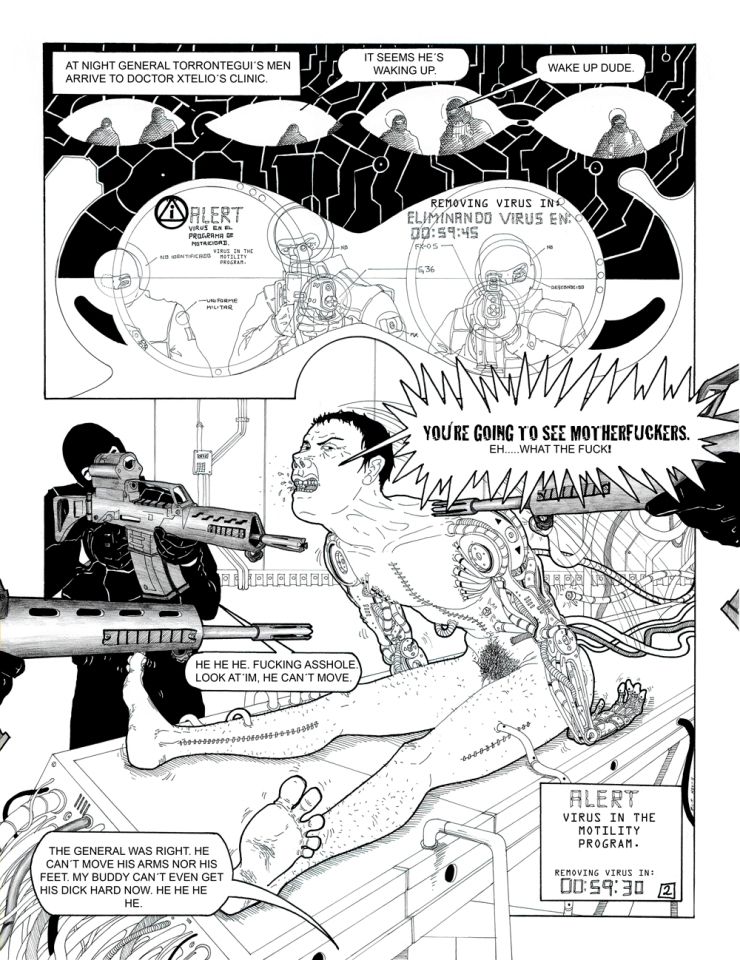


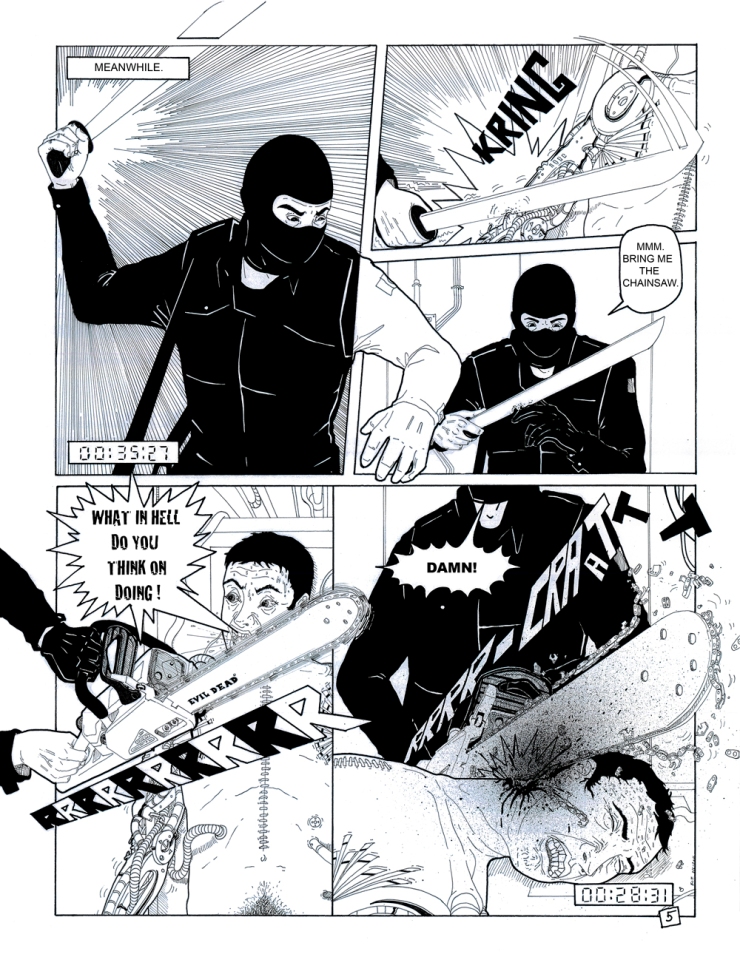

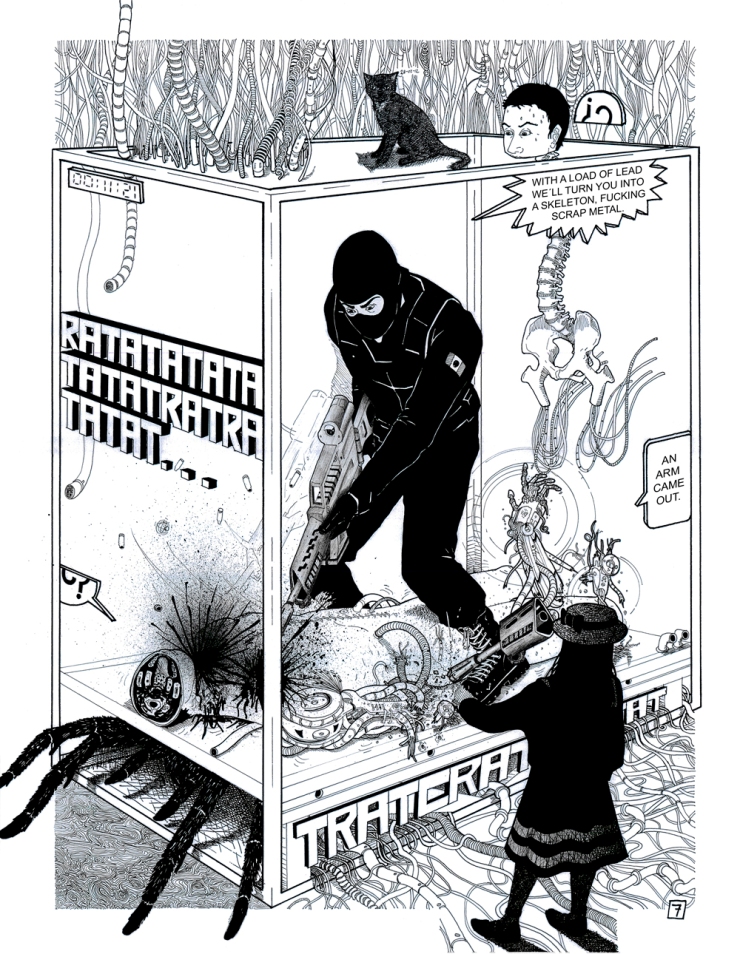

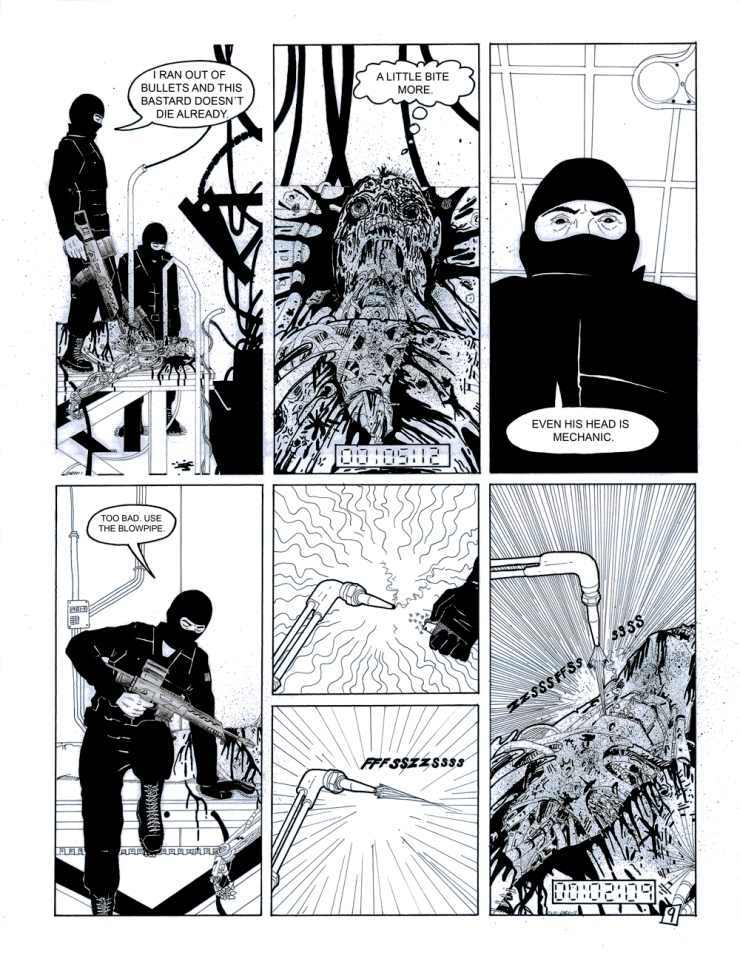

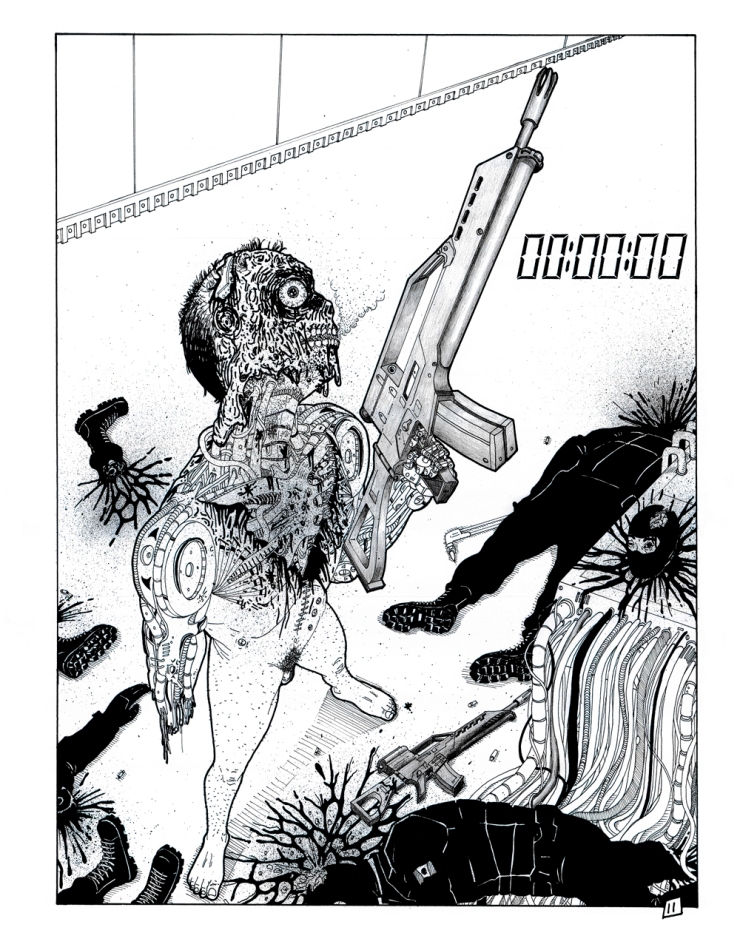




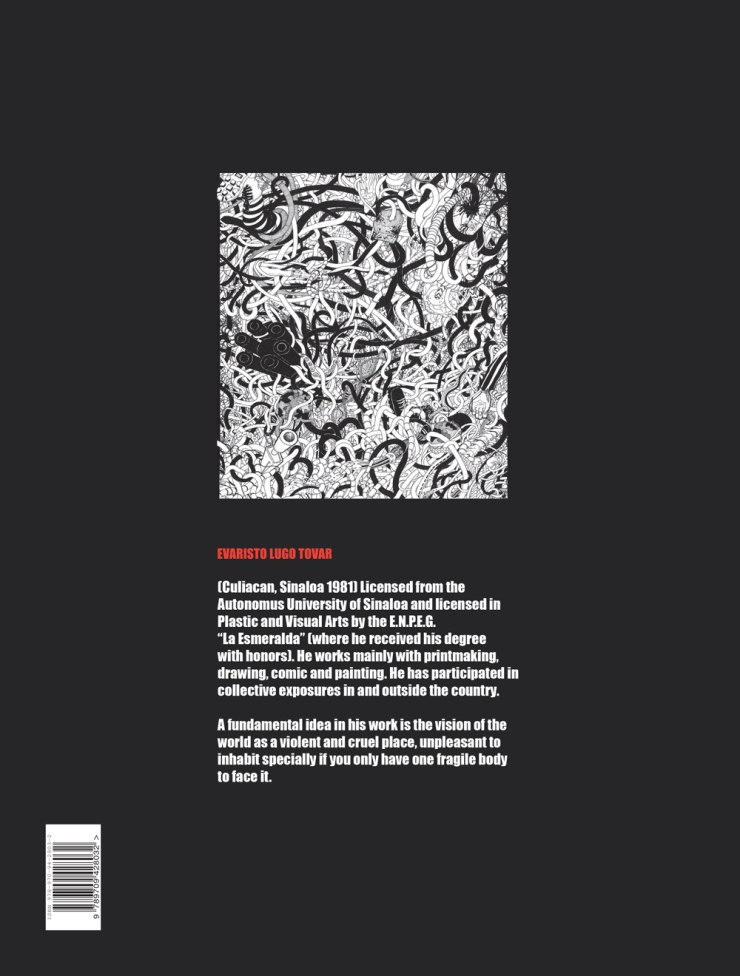
2 thoughts on “Narcocyborg. The streets between three rivers.”